Lisbon is truly an incredible city, with its rich history, picturesque streets, and vibrant culture. Luckily for all who visit, there are many free things to do in Lisbon; you just have to know where – and when – to look.
The free activities in Lisbon can be divided into four categories: free unconditionally; free at certain dates and times; free for residents of Portugal; and finally, free for residents of Lisbon.
As Taylor Swift once said, the best things in life are free. So, without further ado, here is a guide to Lisbon’s free attractions!
Free Unconditionally
Free for anyone, at any time
Casa Dos Bicos
Casa Dos Bicos is a unique historical building with an exterior covered in pyramid-like stone spikes. Inside, visitors can walk among the ruins of the Roman Theater that once stood at the site.
Casa do Alentejo
Casa do Alentejo is a former Moorish palace that’s been converted into a restaurant and cultural center, showcasing the traditions, arts, and gastronomy of the Alentejo region.
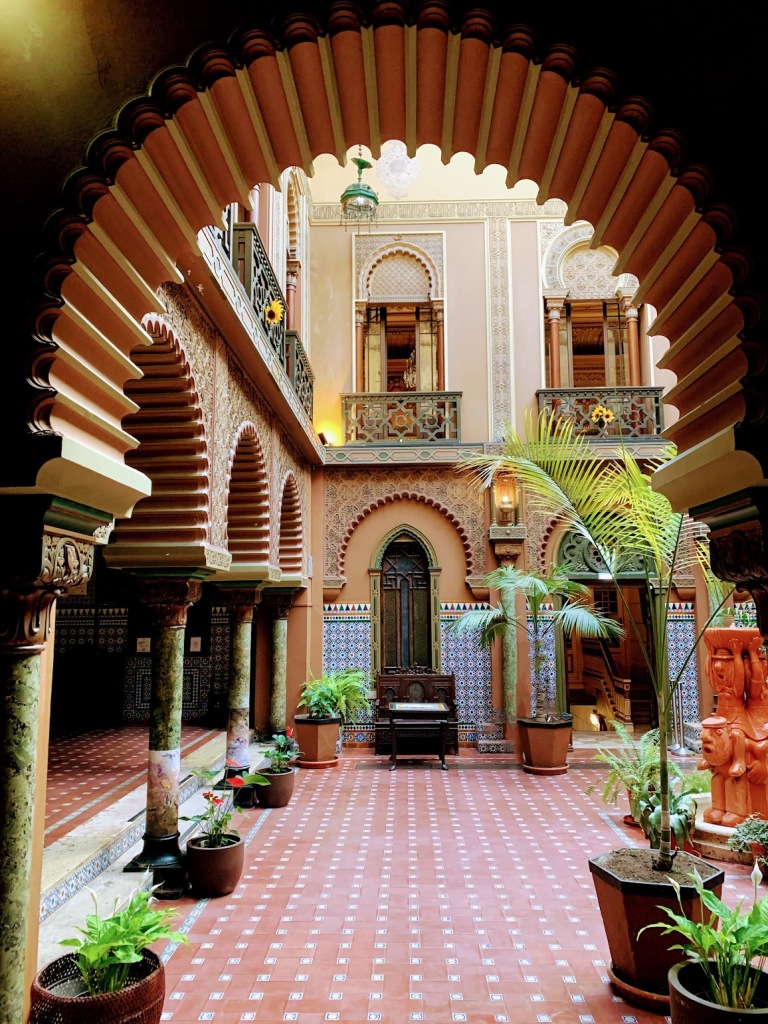
Money Museum
The Money Museum is located down by Cais do Sodré and the Praça do Comércio. It explores the history of money, including its evolution, role in societies, and economic impact.
Villa Sassetti
Villa Sessetti is a historic mansion located in the picturesque town of Sintra, Portugal. This elegant 18th-century estate offers stunning views of the surrounding countryside and is known for its beautiful gardens and architecture.
Free at Certain Dates or Times
Free for anyone, but only on specific days and times
Estufa Fria
Estufa Fria, or Cold Greenhouse in English, has quickly become my favorite spot in Lisbon. It was built in the 1900s to house fauna from all across the planet.
There are three different rooms; Estufa Fria (a cold greenhouse for plants that require shade), Estufa Quente (a hot greenhouse for tropical plants), and Estufa Doce (a greenhouse for succulents)! Add in some hidden staircases, lakes, and winding paths, and it feels like exploring a jungle.
Entry to Estufa Fria is free Sunday mornings until 2:00 pm.

Museum of Art, Architecture and Technology (MAAT)
The MAAT, a modern museum along Belém’s waterfront, is a cultural institution that hosts interactive art exhibits, science workshops, and even yoga and meditation classes.
The museum itself was once an old electric power plant; after exploring the art exhibitions, visitors can walk around the original machinery.
You can claim your free entry on the first Sunday of each month, from 10:00 – 1:00pm.
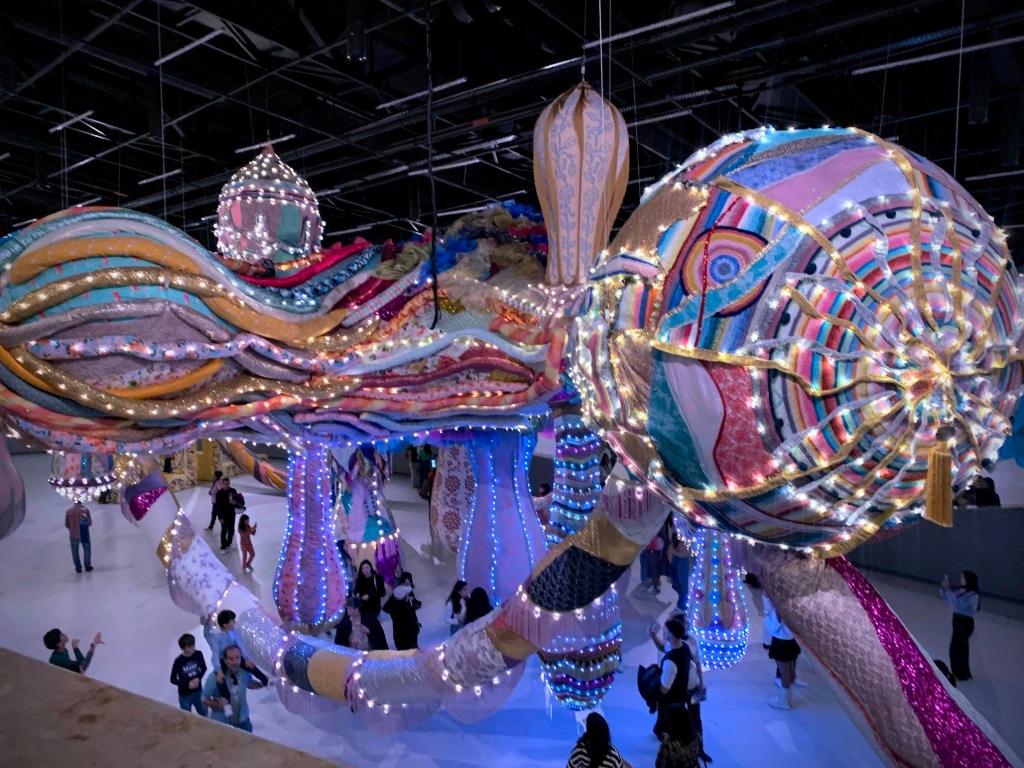
Calouste Gulbenkian Museum
The personal collection of art collector Calouste Gulbenkian holds over 6,000 pieces from all over the world. Here, you can see statues from ancient Egypt, rugs from the Ottoman Empire, and even Greek pottery from 400 BC.
Visit the museum for free on Sundays after 2:00pm.

The Museum of the Orient
This museum uses art to showcase the history of Portugal’s presence in several Asian countries. For those interested in East and South Asian art history, this is the perfect place to spend an afternoon.
They offer free entry on Friday evenings from 6:00 – 8:00pm.

Free for Portugal Residents
Free with Proof of Portuguese Citizenship or Residency
MAC/CCB Museum of Contemporary Art
One of the newest activities on this list, only opening in 2023. The museum combines visual arts, architecture, and performing arts. They have traditional art galleries with works from Picasso, Dalí, and Warhol; live concerts and theatrical performances; and even a monthly art and food market.
Residents in Portugal can see the museum for free every Sunday until 2:00 pm.
Pantheon
Here’s a fun fact about the Lisbon Pantheon – it took longer to complete this monument than any other in Portugal – from 1682 to 1966!
Residents of Portugal can tour the Pantheon for free on Sundays and holidays.

Jerónimos Monastery
If you’ve ever eaten a pastel de nata, you have the monks at this monastery to thank for it. Know that the line will be extremely long – I had a timed-entry ticket and still had to wait in line for two hours
Residents of Portugal can tour the monastery for free every Sunday and holiday.

Azulejo Museum
Anyone who has ever visited Portugal has no doubt noted the hand-painted tiles, called azulejos, covering nearly every surface in Lisbon. The Azulejo Museum covers the history of the art form, and how the designs have changed throughout the century. I personally prefer the 17th-century blue and white style.
The Azulejo Museum is free to Portuguese residents on Sundays and holidays.

Belém Tower
Entry to the Belém Tower is free for Portuguese residents every Sunday until 2:00pm.
When you visit, try to find the rhino that’s been carved into the tower. It was the victor in the great rhinoceros vs. elephant battle of 1515.
I swear, I’m not making this up.
The elephant simply walked away, and the rhino was declared the winner by default.
The victorious rhino is carved into the tower, but it’s a challenge to find. All I will say is that it’s easier to see at low tide.

Mafra Palace
Technically, this is outside of Lisbon. But it’s on my personal bucket list and it’s free for Portuguese residents to visit, so why not include it?
Mafra Palace is about 40km north of Lisbon and is free on Sundays until 2:00pm for Portuguese residents.
It’s a massive complex that consists of a royal palace, game reserve, basilica, and (the highlight for me) one of the largest libraries in Europe.
Ajuda Palace
Ajuda Palace was the last royal palace in Portugal. It was meant to be one of the largest palaces in Europe, but only 1/5 of the project was finished when Napoleon’s invasion caused the royal family to flee to Brazil. By the time they returned, Portugal had become a republic.
Part castle and part museum, these palace halls are lined with works from European artists like El Greco, Géricault, and Moroni. The palace also holds the National Treasury Museum, where the Portuguese crown jewels are on display (these are not free, though).
If you are a resident of Portugal, you can visit the palace for free on Sundays and holidays.
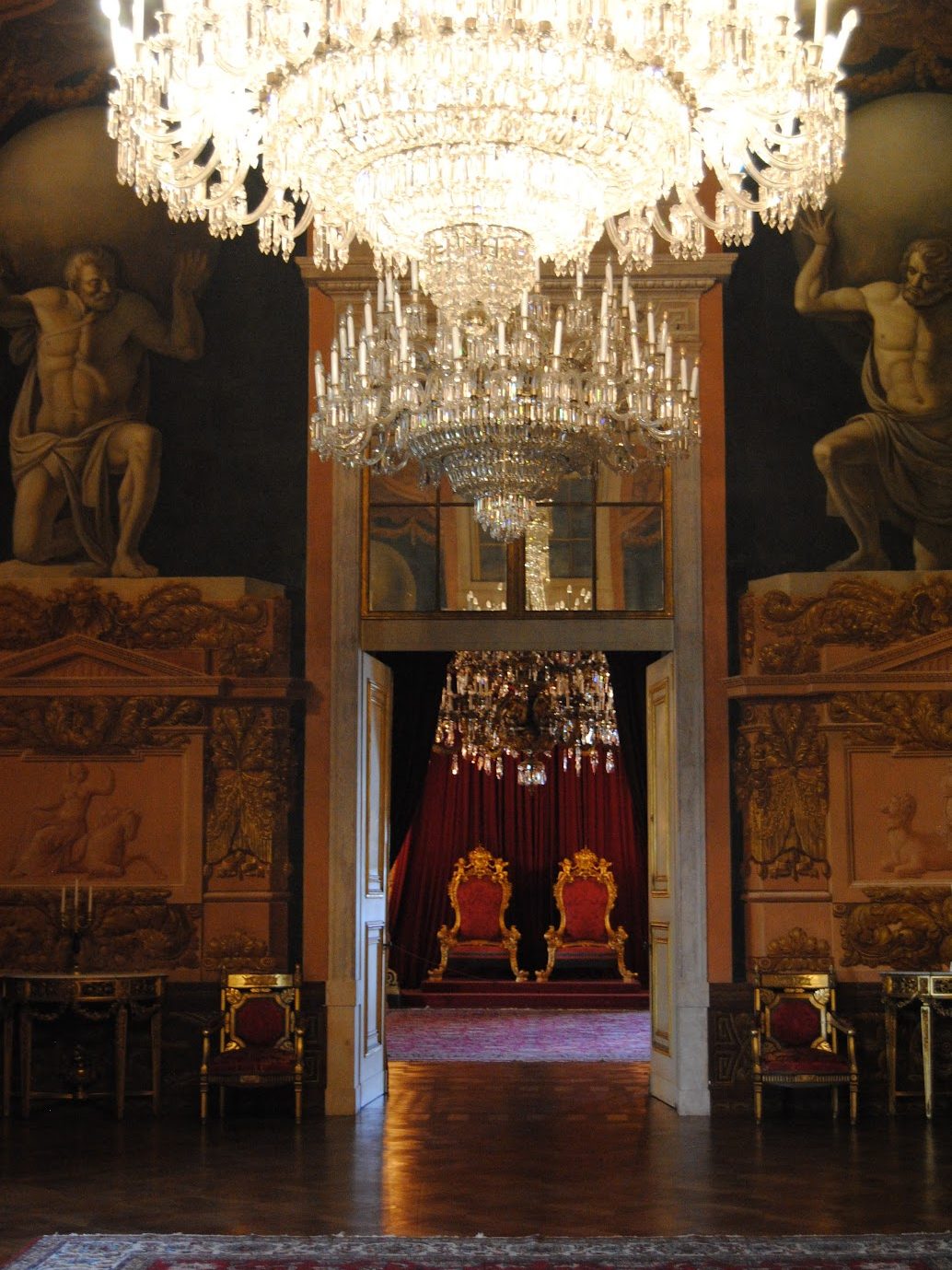
São Roque Church and Museum
The church of São Roque in Barrio Alto may be unassuming from the outside, but inside is an azulejo-covered chapel and a museum of religious art.
Entry to the church is always free, and the museum’s €10 fee is lifted on Sundays and holidays until 2:00pm.
Pena Palace
Pena Palace, a whimsical 18th-century castle, is always listed as the #1 thing to do in Sintra. This UNESCO Heritage Site is widely regarded as one of the best-preserved castles in Portugal.
Entry is free on Sundays and public holidays for residents of Portugal.

Moorish Castle
The Moorish Castle is an 8th-century castle towering over Sintra. If you walk along the walls, you can see the Atlantic Ocean on one side and Lisbon on the other.
Entry is free for Portuguese citizens & residents on Sundays and holidays.

Sintra National Palace
The Sintra National Palace is among Portugal’s oldest. As it’s right in the center of Sintra, there’s no need for mountain hiking or flagging down a taxi to visit (unlike some of the other Sintra castles!).
Residents of Portugal can enjoy free entry on Sundays and holidays.

The National Palace of Queluz
I cannot recommend visiting Queluz enough. Sometimes called Portugal’s Versailles, this palace is where the royal family lived until Napoleon’s army forced them to flee to Brazil. Out of all the Sintra palaces, this is my favorite (and least crowded!).
The real gem is in the palace gardens. There are botanical gardens (where I learned that pineapples grow from bushes!) waterfalls, and gazebos covered in azulejos.
And if you’ve ever had fairytale dreams of living in an actual castle, part of Queluz Palace has been converted into a luxury hotel!
Entry is free on Sundays and public holidays.

Monserrate Palace
This villa has some of Portugal’s most stunning Romantic architecture. The palace holds a gold-covered music room, a Japanese garden, lakes, and even chapel ruins.
Monserrate Palace is free on Sundays and public holidays.

Convent of the Capuchos
The Convent of the Capuchos is a 15th-century convent in the remote forests of Sintra. Meant to show how humans and nature are intrinsically linked, the convent was built into boulders and trees. It was used by Franciscan friars until it was abandoned in the 1800s.
They offer free entry on Sundays and public holidays for residents of Portugal.
National Coach Museum
This Belém museum is often overlooked in favor of the Belém Tower or the Jerónimos Monastery, but it’s still worth visiting! The National Coach Museum is exactly what it sounds like, a display of carriages from the 17th, 18th, and 19th centuries.
Entry is free on Sundays and holidays for citizens and residents of Portugal.
![g]Golden carriages in a museum](https://aloneandabroad.com/wp-content/uploads/2024/04/img_2519-edited-1.jpg)
Free for Lisbon Residents
Free with Proof of Residency in Lisbon
St. George’s Castle
The St. George Castle may be Lisbon’s most misleading attraction. The medieval fortress was built in the 11th century by the Moors but was completely destroyed by the 1775 earthquake.
The castle you see today was completely rebuilt in the 1930s to resemble a medieval European-styled castle, rather than the Moorish design it actually had.
While it may not have the historic significance that you’d expect, it’s still worth it to climb the castle’s towers and enjoy panoramic views of the city.
If you live in Lisbon, entry is always free!

Fado Museum
This museum is dedicated to the history of Fado music and its cultural significance. They regularly host fado concerts and workshops on making your own Portuguese guitar.
Entry is free for Lisbon residents on Sundays and holidays until 2:00pm.

The Museum of Aljube Resistance and Freedom
The Museum of Aljube Resistance and Freedom is dedicated to the fight for freedom against dictatorship. It shows what life was like during Salazar’s regime, the repression people faced, and honors the victims of the dictatorship. The building itself dates back to the Roman and Islamic periods, and was used as a prison for all this time.
The museum is free for Lisbon residents on Sunday mornings until 2:00pm.
Lisbon Museum
5 Museums make up the Lisbon Museum complex – Pimenta Palace, the Roman Theater, the Saint Anthony Museum, Casa dos Bicos, and the West Tower.
While Casa dos Bicos is always free, but the others are only free for Lisbon residents on Sundays and public holidays until 2:00pm.

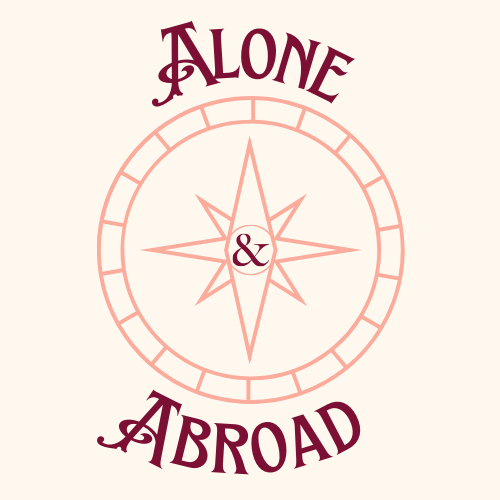
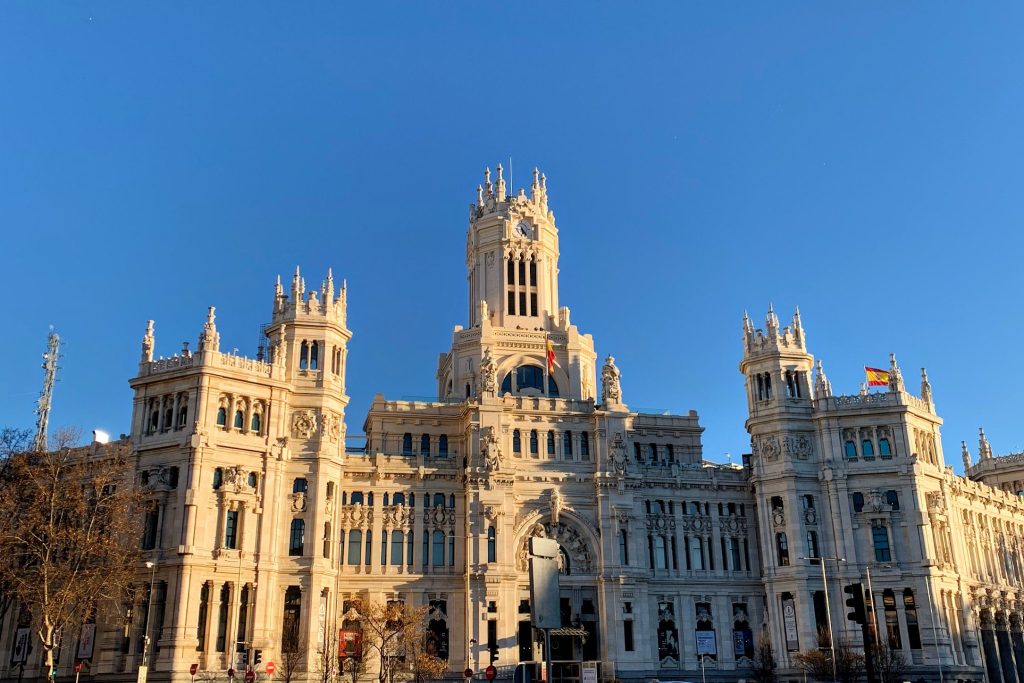
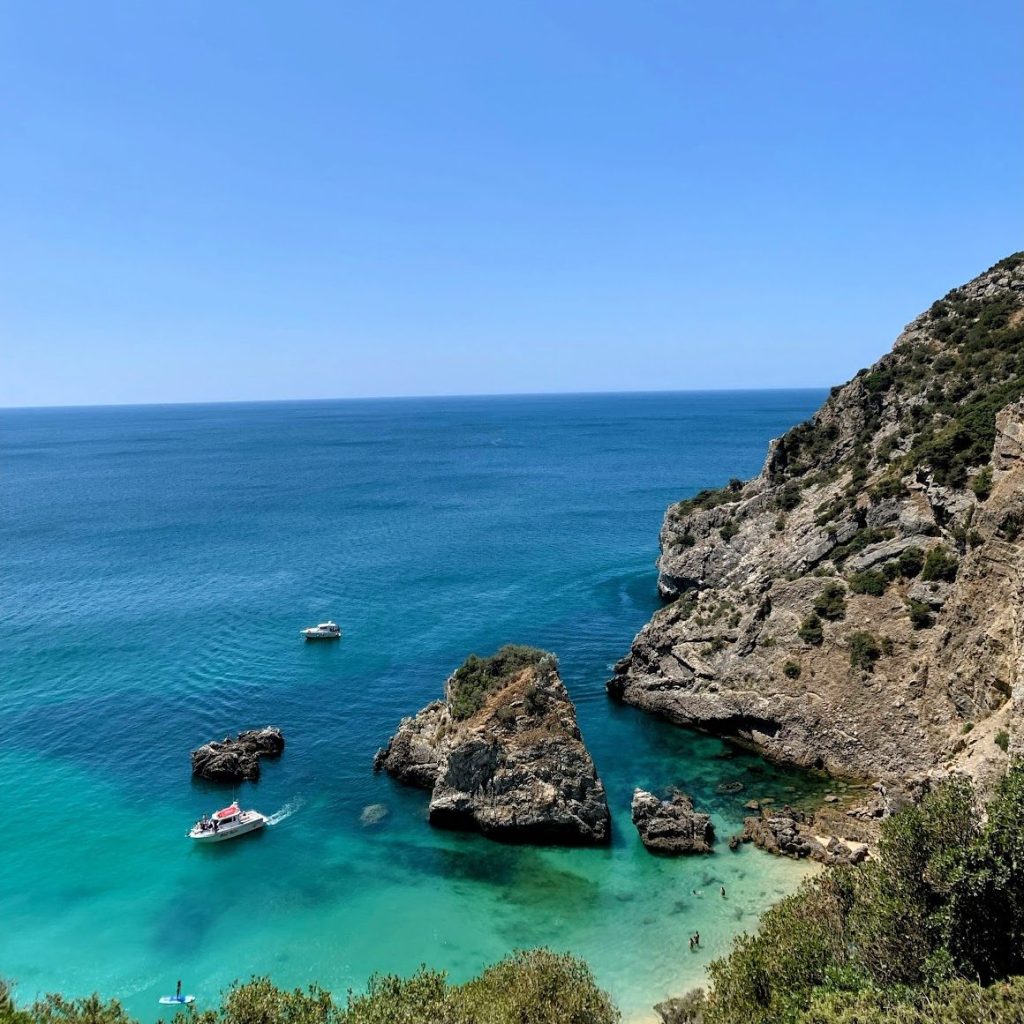

Leave a Reply